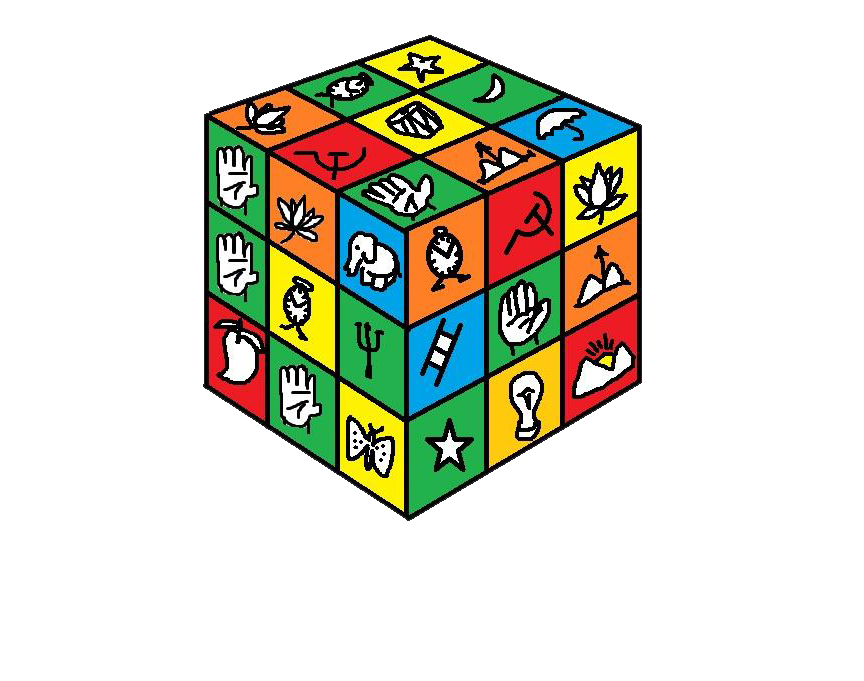A grand alliance for the 2019 General Elections is in the making. With results of five assembly polls set to stream in within a matter of hours, and the ruling BJP’s fortunes predicted to be on the downslide, the optimism on the part of the principal Opposition parties to unitedly take on the saffron brigade polls is palpably high. There are, of course, the imponderables and not all parties might share the same enthusiasm to join hands, due to various reasons. With Parliament set to meet for the winter session from Tuesday, 11 December 2018 and soon putting itself on wind-up mode for the approaching polls, this is seen as the right time for a decisive push to draw the contours of future, credible leadership for the nation.
Prime Minister Narendra Damodardas Modi had started his first innings with a declaration that he wanted 10 years, or two terms, to set things right and take the nation to great heights. The optimism he raised among the masses is missing today, as the first term left a bitter taste in people’s mouths. Disasters like Demonetisation pulled the nation’s growth back; and India’s rural-agriculture sector is gasping for survival. Farmers, who form the backbone of the nation, are in deep distress. Industries that kept the urban life alive and kicking are faced with serious odds, while the manufacturing sector is ailing due to invasion of cheap Chinese goods. Under the circumstances, there’s no guarantee that Modi would get a second term. The air of uncertainty is turning thicker and and the results that will come out shortly would certainly be an indication of what can be expected in the near future.
Where the anti-BJP Opposition forces are not able to arrive at a consensus, so far, is on leadership – namely, who would lead from the front, and who could be the PM nominee. At a practical level, this is not a serious issue. For one, the mood after the Lok Sabha poll results are out is what would settle such issues once and for all. India with its divergence and deep schisms is unfit to be ruled by one party or one ideological behemoth. No single party carries the trust of the nation today. A collective of parties representing various shades and regions is the answer to such a scenario. Coalitions are ruling many democracies today, across continents, altogether some 75 nations including Greece where democracy originated, as also top nations like Germany, France and UK (Wales). This includes several nations in India’s neighbourhood as well.
In India too, all things considered, this is time to make an eminent, sure-shot push in this direction. The failures of the past in cobbling of coalitions to govern India, from the 1977 post-Emergency experiment onwards, are not ignored. The way forward is not to brood over the past, but to learn lessons from these failures and make a big success out of a coalition experiment at the national scene. Coalition governments functioned successfully in states for years. A post-poll coalition is running the affairs in Karnataka, and coalition governments are in control in other states too. Parties of various shades agreeing on a common minimum program (CMP) before the polls and concentrating their attention on implementing this is most advisable. Wrangling could be avoided if the CMP is strictly adhered to. Ego-problems among Opposition leaders were a serious dampener in the past. It, however, is not necessary that this should again be the case. The steady weakening of the Congress party and rise of regional parties with mass support in most states across the nation make it imperative that India should welcome a coalition arrangement after the next LS polls in the likely event of no single party getting a majority in Parliament. BJP could achieve, after many decades of coalitions, at the height of what was termed as a play of Modi Magic. That brand of ‘Unity’ has strangulated development of the country. The tune needs to be changed.
